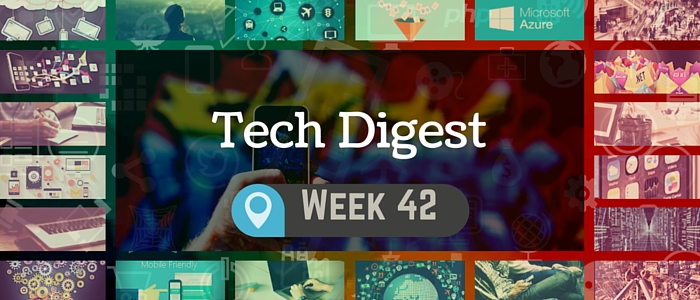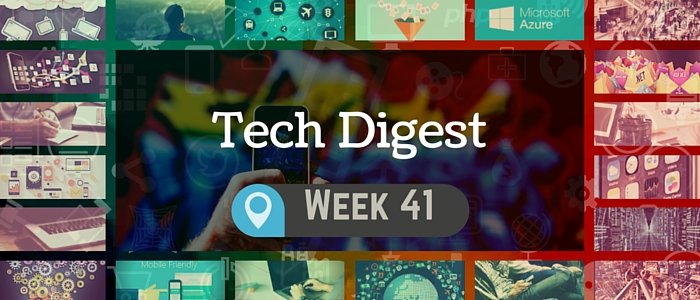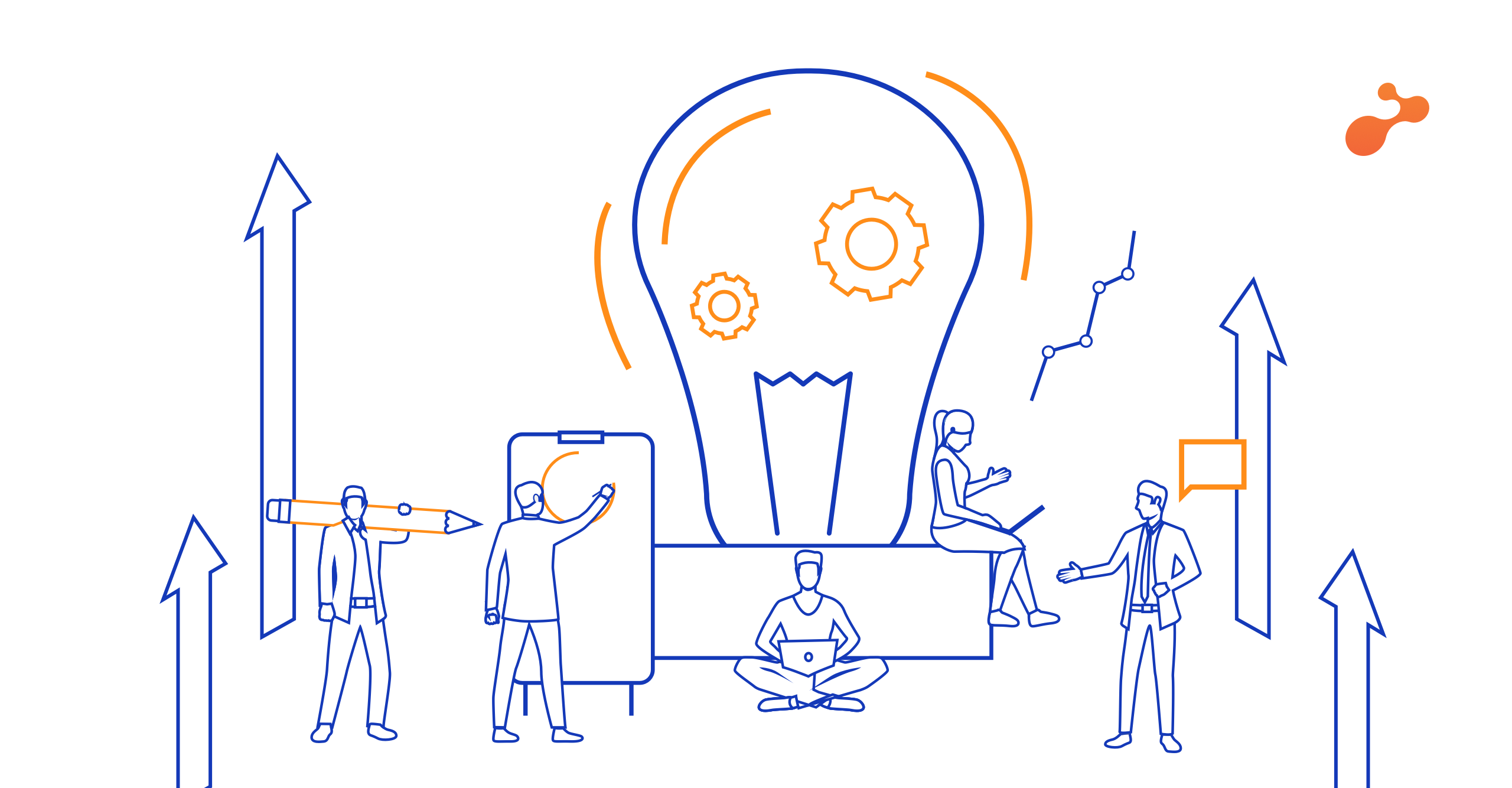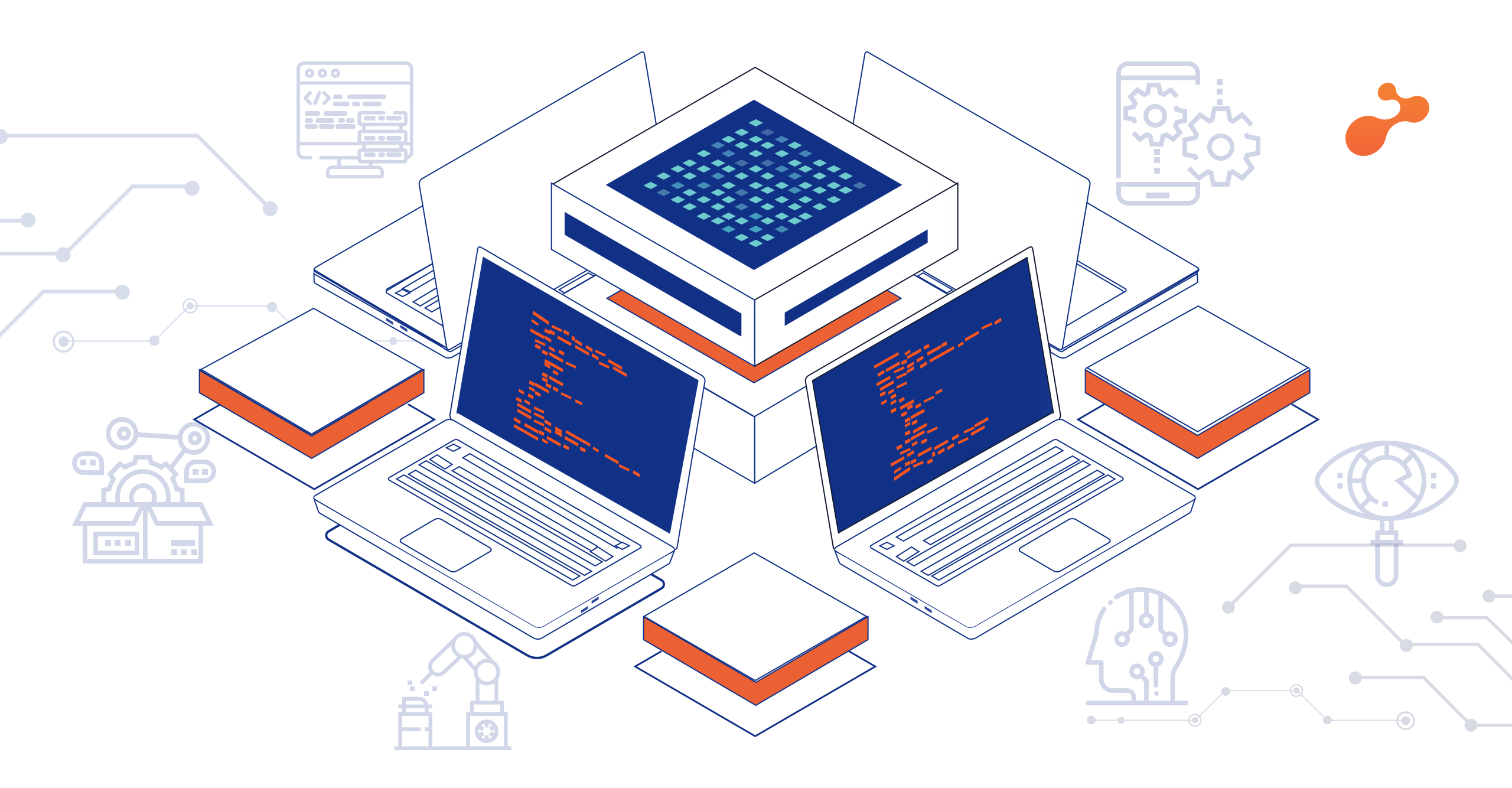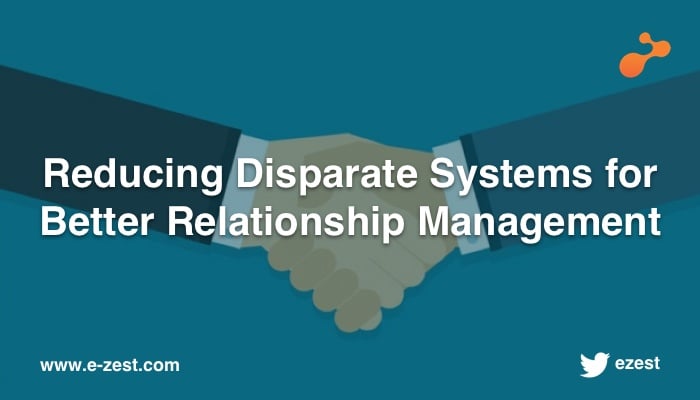Time. Place. Path. Pace.
When we talk about dividing the disseminated material across various mediums and platforms for a more, well, blended experience, we just can’t ignore the power and promise offline technology brings in.
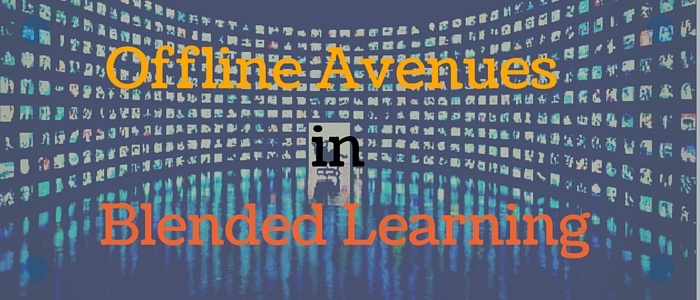
Some of you who might have read my other blogs might be letting off some familiar groans and adding, ‘Bah! There he goes again!’ I honestly feel I have been harping on the whole “offline technology is bloody awesome” tune for far too long (Maybe in the hopes of it becoming a jazz standard someday. Bad joke. Bad, bad joke.) But repetitive or recursive, I cannot sit on such revolutionary technology and not make noise about it. :-/
We aid the learners of blended learning, with tools outside the brick and mortar facility and ‘digitize’ a certain part of the experience. Why do we do so? Certainly not to look cool, since the cost additions bear no semblance to coolness whatsoever. It is thought, opined and believed that digital technology can make training material interactive and engaging. Fair point. Tracking becomes way easier and seamless than looking at endless pages of dot-matrix output. Fair point again.
The objective of delivering 30%-70% of the training online is met here. We are probably missing out a vast chunk of possibility that lies in offline learning.
Offline learning solves the nice little challenge of permeability and portability of training content. The digital technology that is widely in play today, makes the best use of the student’s time in the classroom or aids his learning sojourn. It is when he is not the class, is where the existing training solutions lack their reach. The best we have are responsive LMS players which are great, but still need to munch the network bars to keep going.
But imagine, if the learning did not stop when the learner steps outside the class or goes offline. He opens his mobile or tab and finds his course waiting for him to start at exactly where he left off, while online. To me, this rounded system adds a lot of ‘blendedness’ to the blending learning model.
Effective offline technologies also solve the problem of tracking the user’s activities by using device caching and syncing when online. A couple of API calls later, the tracking information finds itself sitting in its rightful place: the LMS database. Offline technology’s caching mechanism also empowers the experience with smoother transitions and minimal or even negligible page load times.
The cost factor for including this new feather in the blended learning hat is probably a valid concern, but I believe that, any intelligent technology firm offering this, would offer it at a fraction of the cost that has been spent to develop the content. Also in the mobile world, we have seen that with volume the costs tend to trim down sizably well. Talk about good news huh?
Offline and mobile technology is here to stay. There are far too many trending trends and roof-shouters out there advocating this now. Blended learning has become a powerful medium already. Now is the chance to transform it into a more powerful e-Learning vehicle by adding the sugar and spice called ‘offline technology’!


